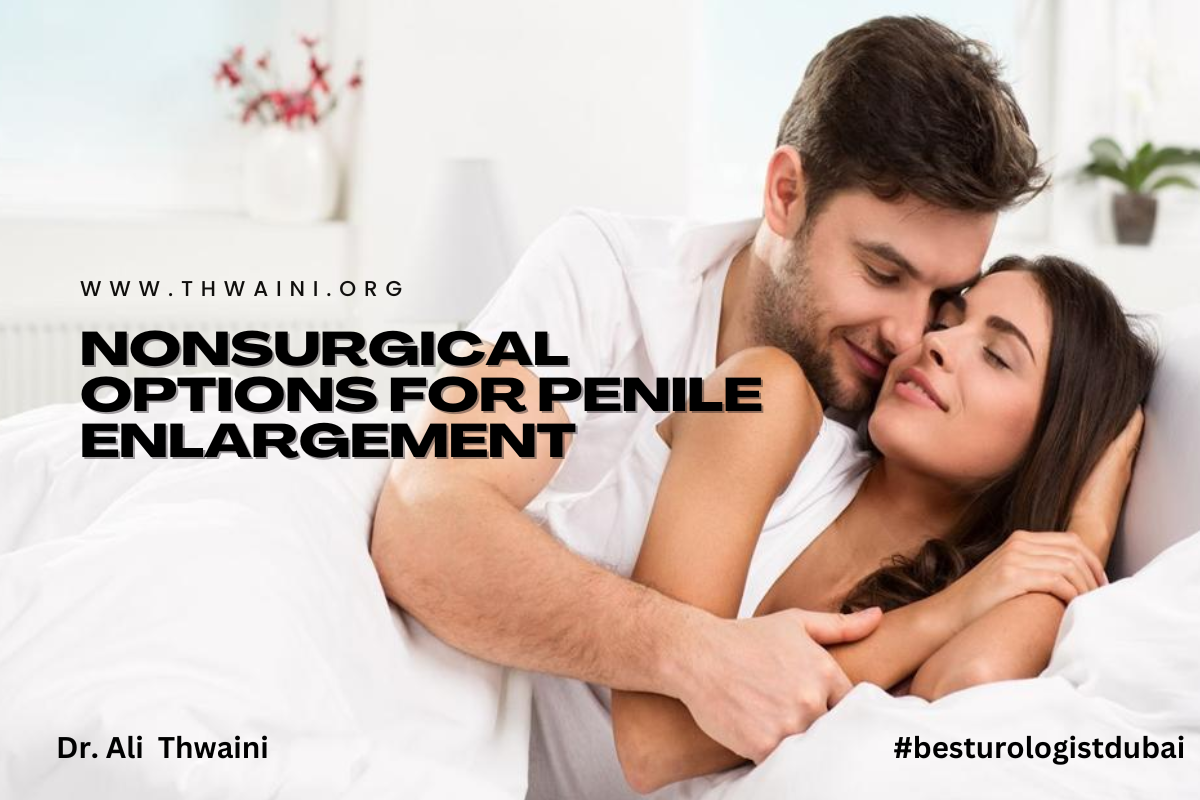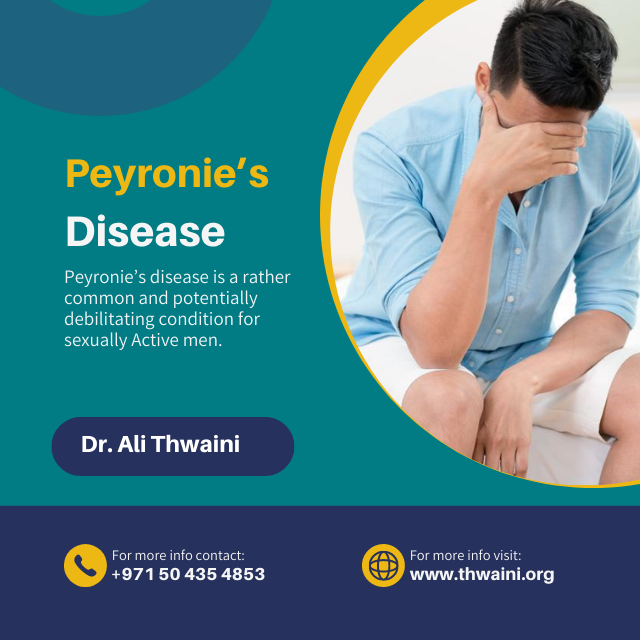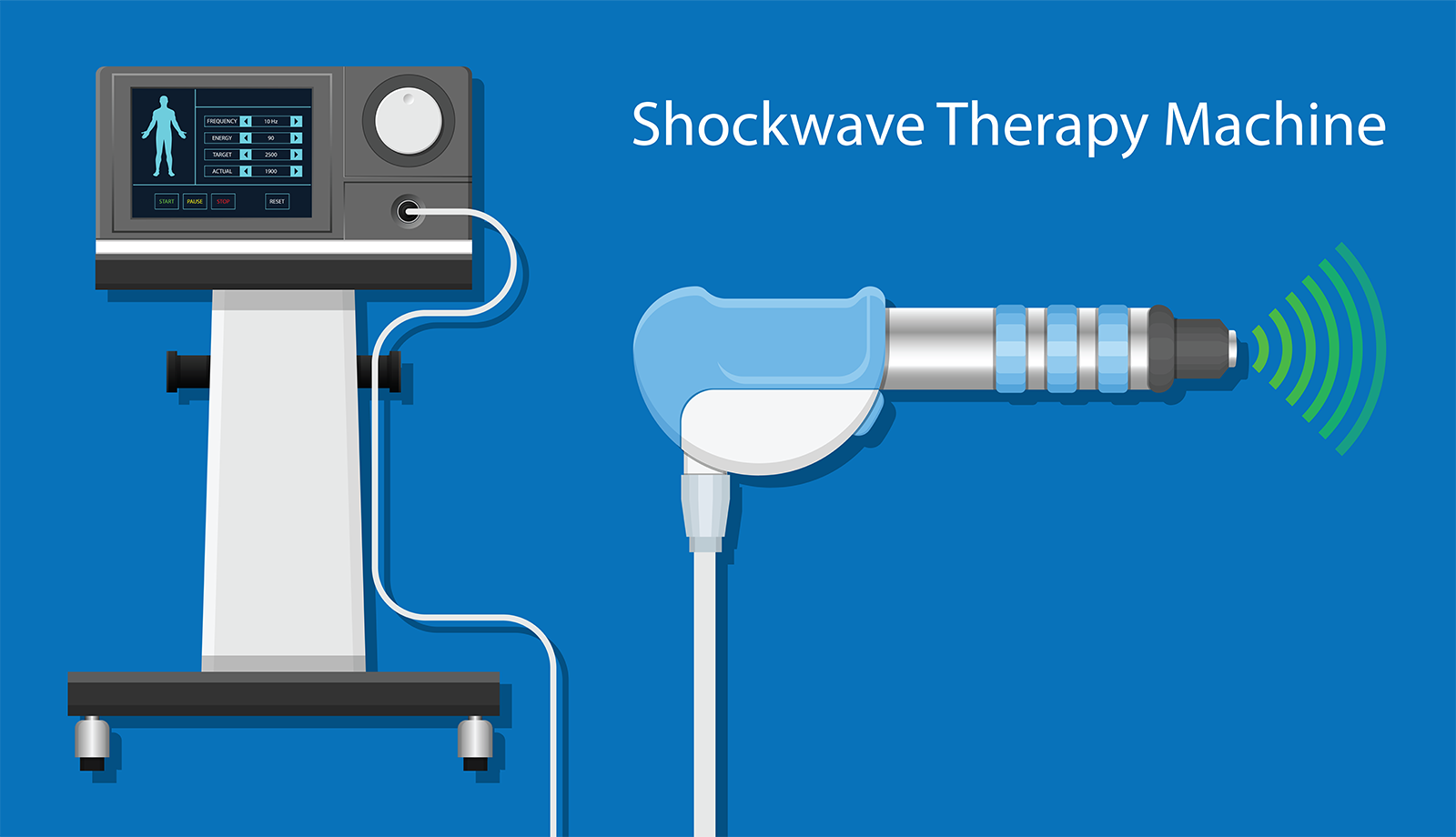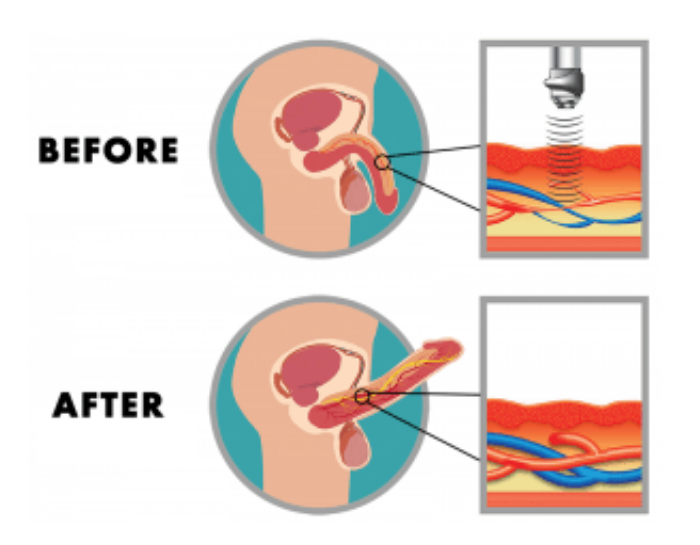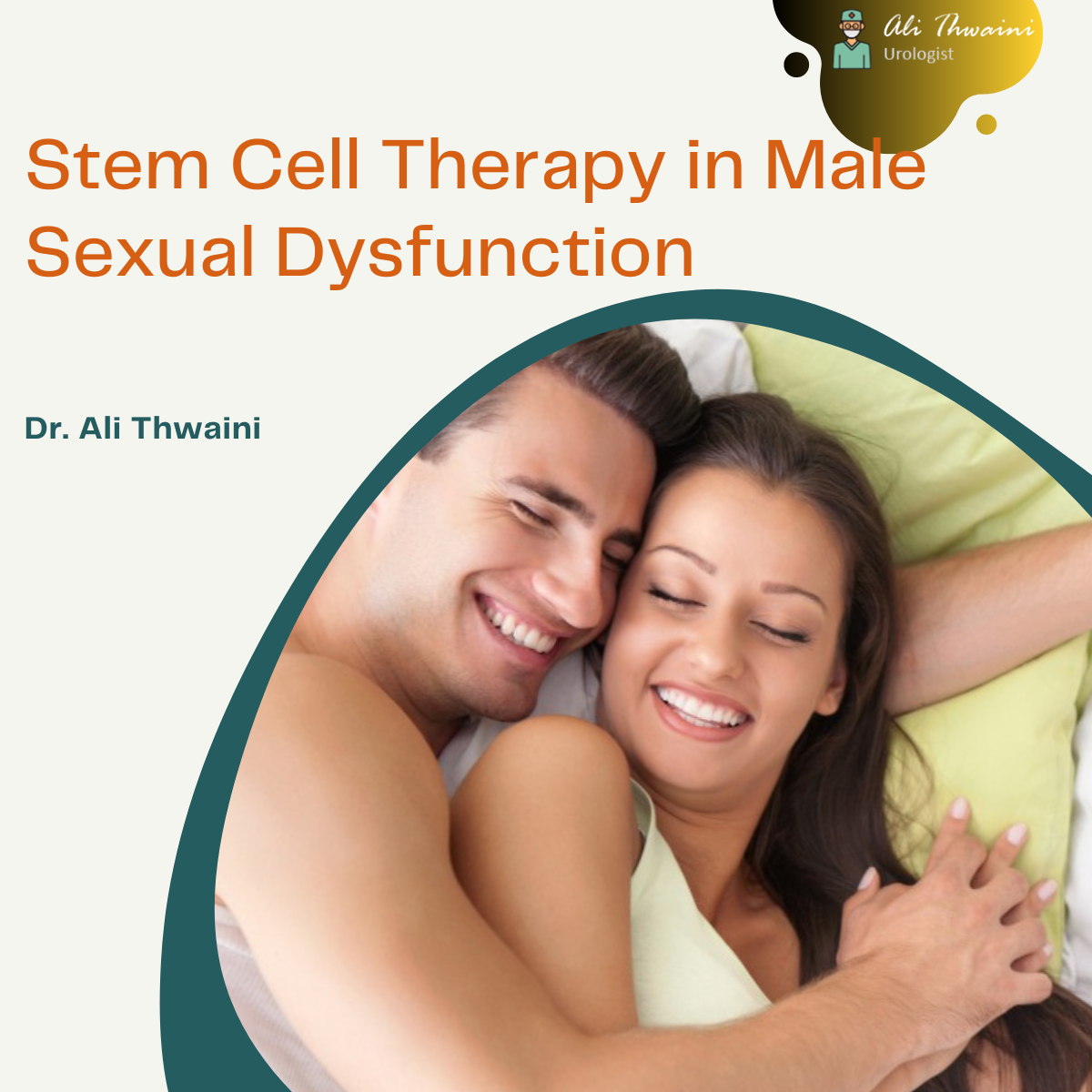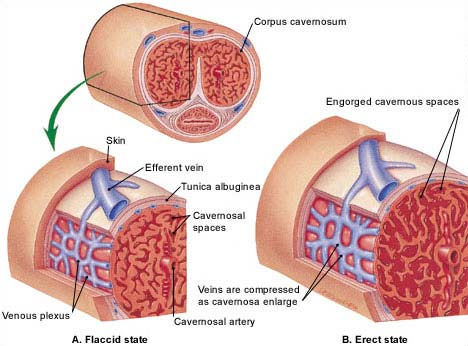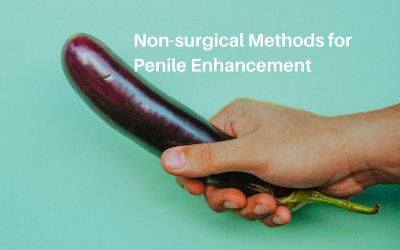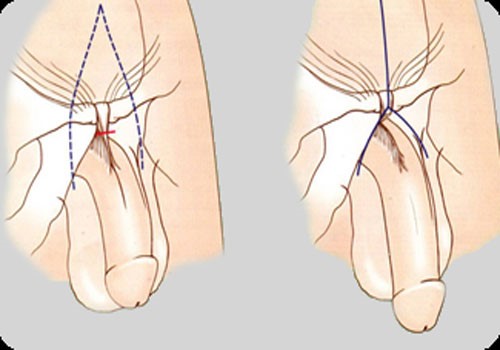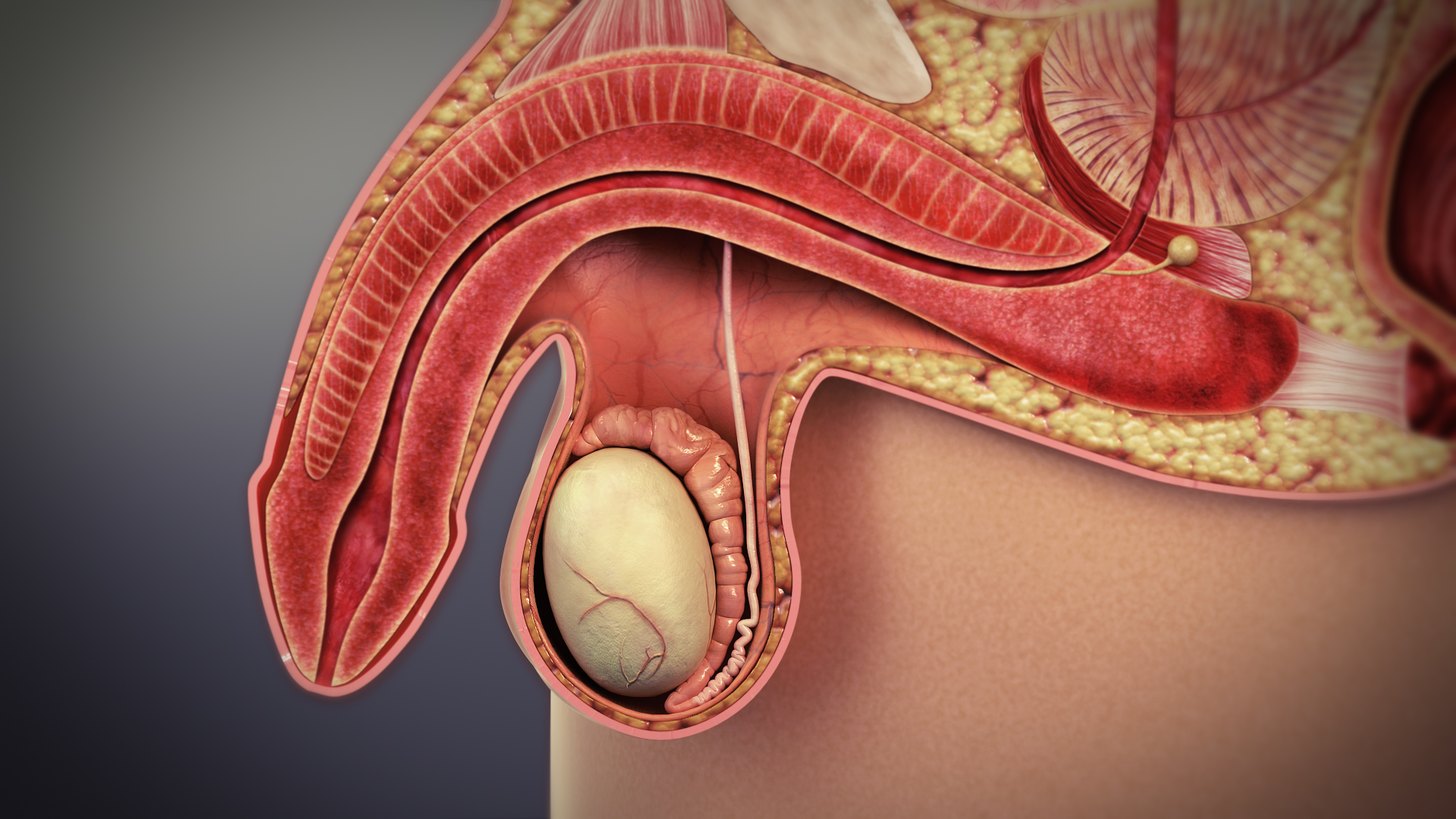Male cosmetic and functional enhancement remains to be an important yet seldom spoken about a topic among men. There have been several proposed treatment options for penile enlargement, most of which are surgical ranging from minimally invasive treatment to open surgery.
However, due to the inherent side effects of these procedures and the time needed to be off work other options have emerged recently was promising results. Below we will discuss one of the conservative options.
Penile Extender Device
This is basically an external device that can be simply applied by the person for a certain amount of time preferably on daily basis. The mechanism of action is stretching on the penis Leading to Mechano-transduction; A process whereby the mechanical stimulus of stretching the penis gets converted into a biochemical stimulation resulting in the progress of cellular proliferation and expansion of the extracellular matrix.
Interestingly, there have been several published small series about the utilization of a penile extender with various encouraging results. Some claim that the use of the penile extender for four hours on daily basis could potentially lead to an increase in the normal penile length of up to 2 cm in a flaccid penis to up to 1.8 cm in stretched penile length.
Others have “extended” the use of penile extender into the treatment of Peyronie’s disease with an encouraging up to 40% improvement of the curvature after a few months of its use.
Of course, any treatment could come with inherent side effects. Penile extender use has the potential of bruising, swelling, and pain ranging between 30 and 40% most of which are simple and self-limiting.
References
Mohammadreza Nikoobakht et al. Effect of the penile-extender device in increasing penile size in men with a shortened penis: preliminary results. J Sex Med. 2011Mohammad Reza Nowroozi et al. Applying extender devices in patients with penile dysmorphophobia: assessment of tolerability, efficacy, and impact on erectile function. J Sex Med. 2015

